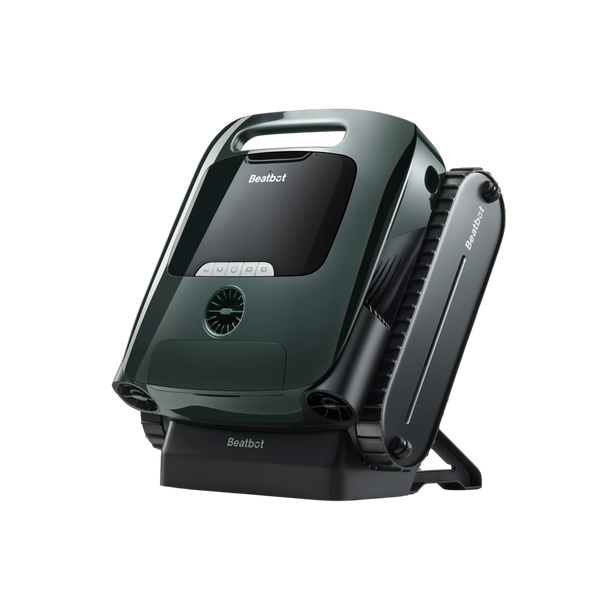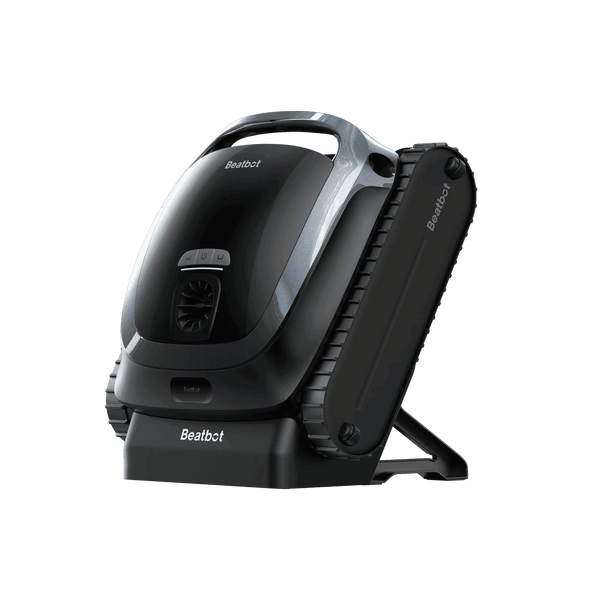What’s Sabotaging Your Pool? 5 Critical Issues Pro Cleaners Say to Watch
I’m Nathanael Greene, a pool service expert with 15 years of experience and have been serverd for a Pool Solutions Company in Raleigh, North Carolina. I’ve seen it all—from sparkling backyard retreats to murky nightmares—and I’ve got the know-how to fix them. Last month, I got a call that took me straight into a classic case: a homeowner in Cary, just outside Raleigh, was staring at a pool that had gone from pristine to problematic in a week flat. “It was crystal clear last Friday—now look at it!” they exclaimed as I pulled up to their suburban oasis. Standing poolside, I saw the telltale signs: dull water, a faint green tinge in the corners, and a system begging for help. As a regular contributor to Beatbot and a certified technician with a knack for diagnostics, I dove in to uncover the five critical issues sabotaging their pool—and here’s what every owner needs to watch for, straight from the field.

Your Pool's Circulation System
The trouble kicked off with circulation—or the lack thereof. This 15,000-gallon in-ground pool had return jets misaligned, blasting water straight across instead of in those strategic, sweeping patterns that keep things moving. The two skimmers were clogged with oak leaves—a common headache in Cary this time of year—and the main drain was barely pulling, thanks to a hairline crack in the line I spotted later. “I didn’t even notice the leaves piling up,” the homeowner admitted as I fished out the mess. Dead spots had formed near the deep end, where debris stacked up and chlorine couldn’t reach. I repositioned the jets—two on the shallow end, one near the steps—to sweep toward the skimmers and cleared the blockages. Within hours, flow improved. Watch your jets’ angles; if debris lingers in one area, your circulation’s off. Modern pools with variable-speed pumps or layered jets, like the Pentair models I often install, can prevent this—but only if they’re set up right.
Filtration Magic
Filtration was the next domino to fall. Their sand filter , a Sta-Rite System:3 with 300 square feet of filtration area, was reading 30 PSI on the gauge—well above the 10-25 PSI norm. “I haven’t cleaned it since summer started,” they confessed, assuming its size meant less fuss. Big mistake. It was choked with silt and pollen, letting particles as small as 20 microns slip through and haze the water. I ran a backwash with the multiport valve—a 10-minute job that dropped it to 18 PSI—and swapped in fresh sand I keep stocked in my truck for emergencies. Clarity started creeping back. Keep your pressure gauge on your radar; a steady climb screams for a cleaning, while a sudden drop might mean pump trouble. Match your filter to your pool’s volume—15,000 gallons needs at least 200 square feet of filter area—and log weekly readings to catch issues early.
Chemical Balance and Automation
Chemical balance was a mess too. Scaling crusted the pool’s blue mosaic tiles, a dead giveaway of high pH —later tested at 8.2—and green patches near the ladder showed chlorine wasn’t circulating, hovering at a measly 0.5 ppm. Their Pentair IntelliChem monitor had a dead sensor, unnoticed for weeks, and they’d skipped manual checks. “I thought the automation handled everything,” they said, scratching their head as I pulled out my trusty Taylor test kit. Automation’s a godsend—I install plenty of these systems—but it’s not foolproof. I dosed 2 pounds of muriatic acid to drop the pH to 7.4, added a gallon of liquid chlorine to hit 3 ppm, and ordered a replacement sensor. Test your water yourself, even with gadgets; scaling, stains, or algae are your pool’s distress signals. Act fast, or you’re scrubbing instead of swimming.

Temperature Control Systems
Temperature was quietly wreaking havoc. Their Pentair UltraTemp gas heater was dialed to 85°F, spiking their Duke Energy bill and frying the chlorine. “It felt great until I saw the numbers,” they groaned as I tested the water—chlorine breakdown accelerates above 82°F, and their levels were crashing. I reset it to 82°F, saving them $50 a month and stabilizing chemistry. Modern heaters like the UltraTemp can sync to usage patterns—I’ve set them to preheat for weekend swims—but this one was stuck on overdrive. Keep temps at 82°F or lower to cut costs and hold chemistry steady; program smart heaters to fire up only when needed, not 24/7.
Electrical Systems and Safety
Electrical oversights rounded out the chaos. The GFCI breaker on their equipment pad hadn’t been tested since installation two years ago, and corrosion was eating into the timer box’s lugs—saltwater pools like theirs are brutal on metal. A faint hum near the pump hinted at stray voltage. “I didn’t even know that was a thing to check,” they said, eyes wide as I hit the test button (it tripped, thankfully). Skipping electrical TLC is a rookie move—safety and efficiency hang in the balance. I cleaned the corrosion with a wire brush, tightened connections, and scheduled a monthly GFCI test. Test yours regularly, watch for rust or heat marks, and keep salt system contacts pristine—don’t wait for a jolt to wake you up.
Hidden Components That Matter
Digging deeper, I found silent saboteurs: a seized Jandy check valve letting water backflow overnight, causing the pump to lose prime by morning, and worn unions at the filter weeping a steady drip. The pressure relief valve was crusted shut with calcium buildup—a backwash hazard waiting to blow. These unsung heroes don’t scream for attention until they flood your pad. I swapped the valve with a spare from my van, tightened the unions with a new O-ring kit, and scraped the relief valve clean. Look for leaks or crusty buildup around joints; replace these parts before they fail—emergency fixes hit harder than a $20 proactive swap.

Mastering Your Pool's Systems
With the jets realigned, filter refreshed, water balanced, heater tamed, and electricals secured, their pool was back to sparkling by week’s end. “I had no idea how much was going wrong,” they marveled as I packed up. I suggested running their IntelliFlo pump off-peak—10 p.m. to 6 a.m.—to save on rates and splitting filter cleanings into 5-minute monthly sessions instead of one big overhaul. Pools across Raleigh throw up these same warnings: creeping pressure, clogged filters, algae creeping in. At Beatbot's forum chats, I hammer home that syncing circulation, filtration, chemistry, and electrical checks keeps costs down and water clear. Watch your gauges, test your systems, tweak your jets—a little know-how now beats a big bill later. Your pool’s a machine; treat it right, and it’ll deliver perfect swims all season long. If you have any other questions, feel free to ask them in the comment section below, and I’ll do my best to answer you as soon as I see them.
Relative Blogs
About the author



















